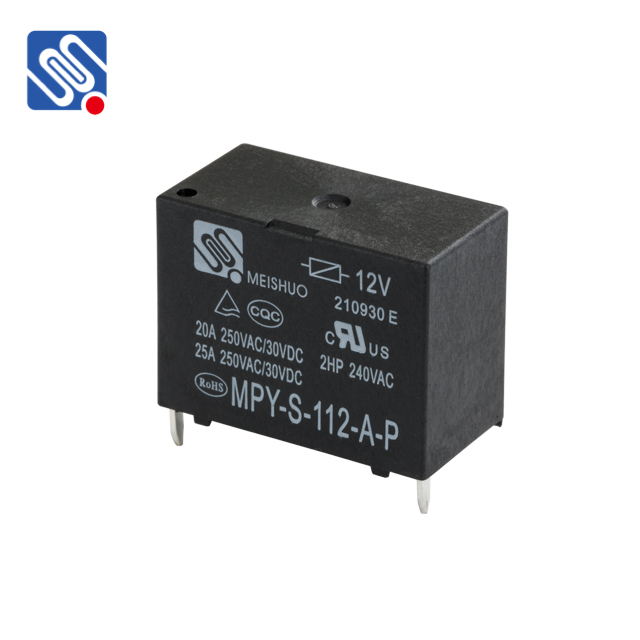Relays are crucial components in electrical and electronic systems, used to control a circuit by opening or closing contacts in response to an electrical signal. One of the most vital parameters of a relay is its voltage rating. The relay voltage rating determines the maximum voltage that the relay can safely handle without risking damage or failure. In this article, we will explore the importance of relay voltage ratings, what factors influence them, and the considerations you must take into account when selecting a relay for your application.

What is Relay Voltage Rating? The relay voltage rating refers to the maximum voltage that can be applied to the relay’s coil and contacts without causing any potential harm or malfunction. It is typically categorized into two key ratings: coil voltage rating and contact voltage rating. Coil Voltage Rating: This is the voltage required to energize the relay’s coil. When the proper voltage is applied to the coil, it generates a magnetic field that moves the relay’s switch mechanism, either closing or opening the contacts. Contact Voltage Rating: This refers to the maximum voltage that the relay’s contacts can switch or carry safely without damaging the relay or causing electrical arcing or overheating.
Leave a Reply